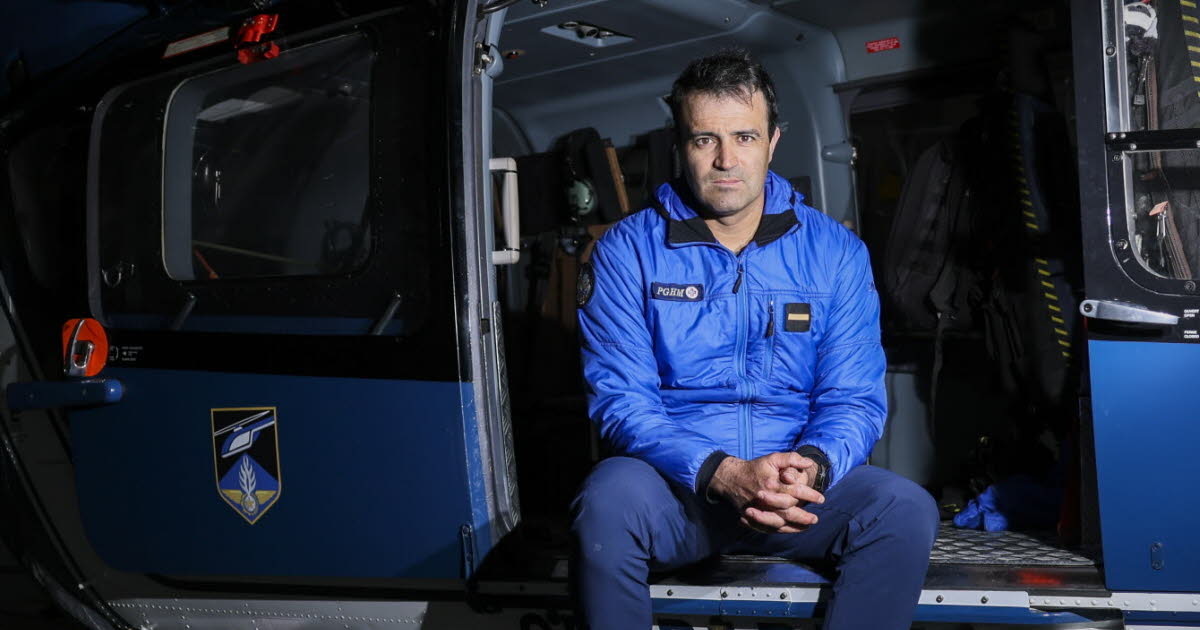Plane Crash: Witness Recounts Near Total Obscurity – A Chilling Account
A small plane crash in the remote Alaskan wilderness has left investigators baffled, with the only eyewitness recounting a near-total lack of visibility leading up to the incident. The crash, which occurred last Tuesday near Denali National Park, involved a single-engine Cessna 172 carrying two occupants. While both survived, their accounts, along with the scant physical evidence, paint a picture of an unusually unpredictable and obscured event.
The Eyewitness Account: A Veil of Mist and Silence
Local resident and avid hiker, Sarah Miller, was the only person to witness the crash. Her testimony, given to the National Transportation Safety Board (NTSB), is particularly chilling. Miller describes a sudden, almost supernatural, descent into near-total obscurity.
Key Details from Miller's Testimony:
- Unforeseeable Visibility Shift: Miller stated that the weather conditions were initially clear, allowing for easy observation of the aircraft. However, within minutes, a dense fog, seemingly appearing out of nowhere, enveloped the area, drastically reducing visibility to near zero.
- Silence Before the Crash: The engine noise, initially audible, abruptly ceased shortly before the plane disappeared from sight. Miller described an unnerving silence preceding the impact.
- Unusual Atmospheric Conditions: Miller highlighted an unusual stillness in the air before the fog rolled in, a contrast to the typically windy conditions at that altitude. This unexpected calm might have played a significant role in the obscured visibility.
This unusual combination of factors – the rapid onset of dense fog, the sudden engine failure, and the unexpected atmospheric calm – has presented a significant challenge for investigators. The NTSB is currently exploring several hypotheses, including potential mechanical failure, unforeseen weather patterns, and even the possibility of a microburst, a sudden, localized downdraft of air.
The Investigation: Unraveling the Mystery
The NTSB investigation is ongoing, focusing on several key areas:
- Wreckage Analysis: The wreckage of the Cessna 172 is being meticulously examined for signs of mechanical failure or pre-existing damage.
- Weather Data Analysis: Meteorological data from the surrounding area is being analyzed to determine the precise weather conditions at the time of the crash and explain the sudden onset of dense fog.
- Pilot Records Review: The pilot's flight records and medical history are under review to rule out any contributing factors related to pilot error or health issues.
The remote location of the crash site has added complexity to the investigation. Accessing the area and retrieving vital evidence has proved challenging, requiring the use of helicopters and specialized equipment.
The Implications: A Wake-Up Call for Aviation Safety
This incident serves as a stark reminder of the unpredictable nature of aviation, even in seemingly clear conditions. The near-total obscurity experienced by the eyewitness highlights the critical importance of:
- Advanced Weather Monitoring: Improved weather forecasting and real-time monitoring systems are crucial for ensuring pilot safety, especially in remote areas.
- Pilot Training and Preparedness: Comprehensive pilot training that emphasizes response to unforeseen weather conditions and potential equipment malfunctions is essential.
- Continuous Technological Advancement: Investing in technologies that improve aircraft safety, such as advanced navigation systems and weather radar, remains a priority.
This ongoing investigation underscores the need for continued vigilance and technological advancements in aviation safety. The unsettling details of this plane crash, particularly the witness's account of near-total obscurity, will undoubtedly shape future safety protocols and procedures. We will continue to update this story as more information becomes available.
Keywords: Plane Crash, Alaska, Denali National Park, Cessna 172, NTSB Investigation, Fog, Visibility, Aviation Safety, Accident Report, Eyewitness Testimony, Weather Conditions, Microburst, Remote Location, Pilot Error, Mechanical Failure
Related Articles: (Internal links to similar articles on your site, if applicable)
External Links: (Link to NTSB website or other relevant official sources)
